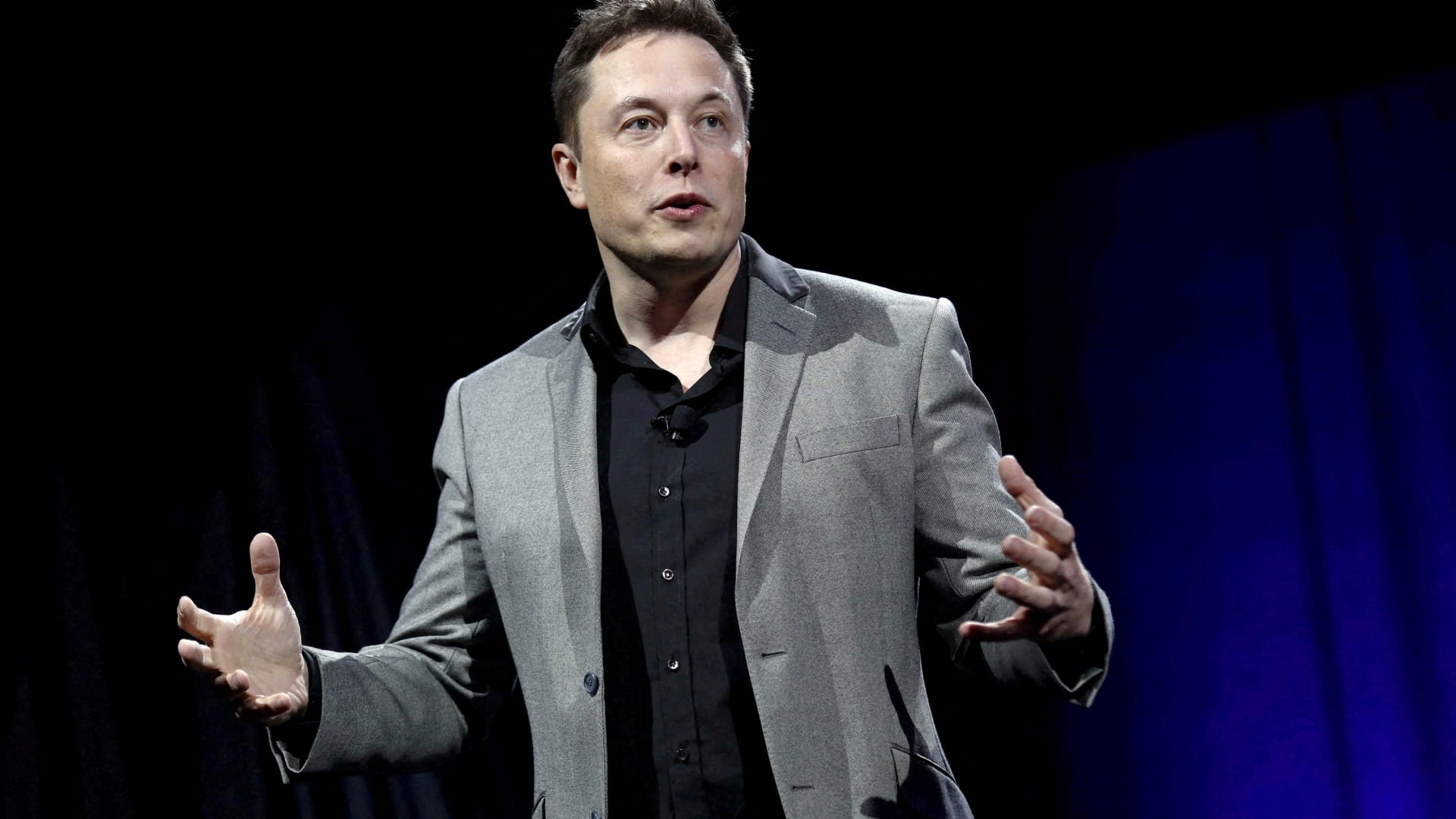Tesla reported third-quarter earnings after the bell, and executives addressed a broad range of questions during the earnings call, including macroeconomic concerns and CEO Elon Musk’s pending takeover of Twitter.
Shares fell by about 5% after hours following the results.
Here are the results.
- Earnings: $1.05 vs 99 cents per share (adjusted) expected, based on analysts polled by Refinitiv
- Revenue: $21.45 billion vs $21.96 billion expected, per Refinitiv.
Tesla’s net income (GAAP) for Q3 2022 reached $3.33 billion, with automotive gross margins holding steady at 27.9%, exactly where it stood in the second quarter of 2022. During the same period last year, Tesla reported $1.62 billion in profits.
On an earnings call on Wednesday to discuss the results, Musk answered shareholder questions about electric vehicle demand and a possible share buyback.
“I can’t emphasize enough we have excellent demand for Q4 and we expect to sell every car that we make for as far into the future as we can see,” Musk said. “The factories are running at full speed and we’re delivering every car we make, and keeping operating margins strong.”
Tesla is likely to do a “meaningful buyback” next year, he added, potentially between $5 billion and $10 billion pending board approval.
He also said, optimistically, “I’m of the opinion that we can far exceed Apple‘s current market cap. In fact I see a potential path for Tesla to be worth more than Apple and Saudi Aramco combined. That doesn’t mean it will happen or will be easy.”
Shareholders asked Tesla executives about macroeconomic issues impacting their business in and beyond China.
“China is experiencing a recession of sorts” mostly in the property markets, Musk said, “and Europe has a recession of sorts driven by energy.” He added, “North America’s in pretty good health, although the Fed is raising interest rates more than they should, but I think they’ll eventually realize that and bring them down again.”
In response to a different question, Musk also talked about his pending acquisition of Twitter, saying “I think it’s an asset that has sort of languished for a long time but has incredible potential.” He later added, “The long-term potential for Twitter is an order of magnitude greater than its current value.”
Musk is expected to sell a portion of his considerable shares in Tesla to help finance the close of that $44 billion take private deal.
Q3 earnings details
Tesla’s automotive revenue came in at $18.69 billion, an increase of 55% from a year ago. Cost of revenue for the company’s core automotive business rose to $13.48 billion during the quarter, up from $10.52 billion during the second quarter, in line with the increase in automotive sales. Tesla’s automotive regulatory credits made up 1.5% of automotive revenues at $286 million for the quarter.
Tesla reiterated previous guidance in its shareholder deck on Wednesday, saying: “Over a multi-year horizon, we expect to achieve 50% annual growth in vehicle deliveries.”
The company reiterated that deliveries of its Semi electric heavy duty truck will begin in December, and confirmed that it is producing the Semi in Nevada, where it produces battery packs for its vehicles in the US. The Semi was first announced in Dec. 2017.
Tesla offered no firm timeline for the start of production of its Cybertruck pickup, saying only that it would be produced in Texas after the ramp-up of Model Y production there.
The company previously reported that its deliveries for the quarter ending September 30 reached 343,000 and vehicle production reached 365,000. Deliveries are the closest approximation of sales reported by Tesla. Shares have dipped more than 17% since that weekend report on October 2.
While vehicle production and deliveries have grown, service has not kept pace and has been a sore spot for many Tesla owners.
CEO Elon Musk said, in July, that he was, “Excited to work with Tesla Service to enable same-hour service as often as possible! Applying Formula 1 pit crew techniques to Teslas.”
But Tesla increased its store and service center locations by just 6% in the third quarter, adding 41 new locations versus the second quarter of 2022. It added more mobile service vehicles to its fleet, however, which service technicians use to drive to fix customers’ cars on-site when possible. As of the end of the third quarter, Tesla said it was operating 728 store and service locations, with a fleet of 1,532 mobile service vehicles.
Services and other revenue, which includes fees for customers powering up their cars at Tesla Supercharging stations, sales of Tesla-branded merchandise, and repairs for customers’ cars out of warranty, rose to $1.65 billion.
In its Q3 earnings release, the company warned about a bottleneck in transportation capacity for delivering new cars in the final weeks of the quarter, and said it was “transitioning to a smoother delivery pace.”
Tesla’s energy unit generated $1.12 billion in revenue for the quarter. This division sells backup batteries for residential, commercial and utility use, and installs solar rooftops.
Energy revenue growth came mostly from sales of energy storage systems. The company said it installed energy storage systems with a capacity of 2,100 megawatt-hours (or 2.1 gigawatt hours) during the quarter and noted, “Demand for our storage products remains in excess of our ability to supply.”
Tesla’s energy division competes for battery cell supply with its automotive division and versus other electric vehicle makers. Tesla wrote, in its shareholder deck, “We continue to believe that battery supply chain constraints will be the main limiting factor to EV market growth in the medium and long terms.”
